Home>Gardening & Outdoor>Landscaping Ideas>How To Soften Dirt For Grass
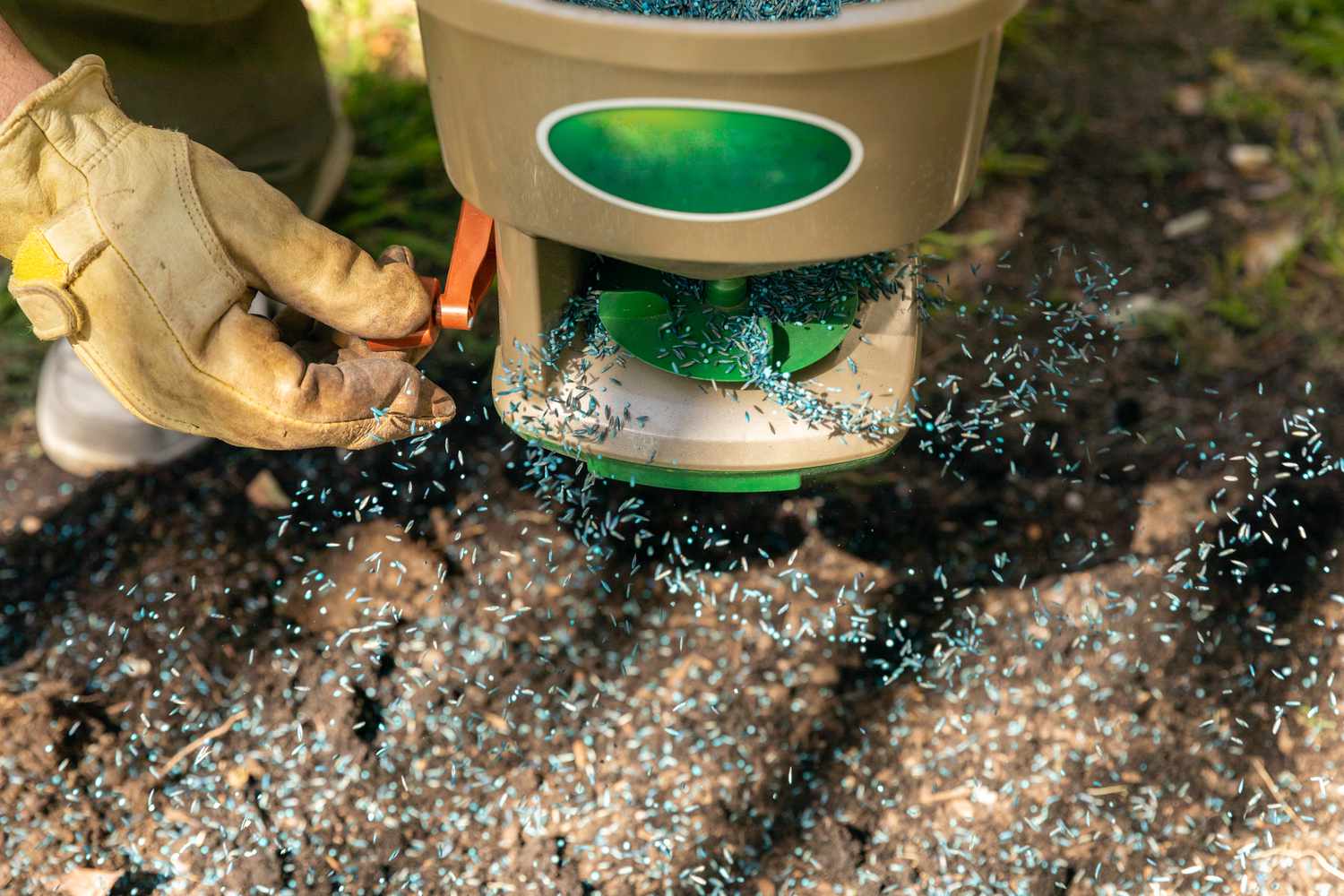

Landscaping Ideas
How To Soften Dirt For Grass
Modified: February 25, 2024
Learn effective landscaping ideas for softening hard dirt to create a lush green lawn. Discover how to prepare the soil for grass with our expert tips and techniques.
(Many of the links in this article redirect to a specific reviewed product. Your purchase of these products through affiliate links helps to generate commission for Storables.com, at no extra cost. Learn more)
Introduction
Welcome to the world of landscaping, where the dream of a lush, green lawn becomes a reality. Softening dirt for grass is a crucial step in achieving a vibrant and healthy lawn. In this comprehensive guide, we will explore the essential techniques for transforming compacted, hard soil into a fertile and welcoming environment for grass to thrive.
Softening the dirt not only promotes healthy grass growth but also enhances the overall aesthetics of your outdoor space. Whether you’re a seasoned gardener or a novice enthusiast, understanding the intricacies of soil composition and the methods to improve its texture is fundamental to achieving a verdant and resilient lawn.
Join us as we delve into the nuances of soil softening, from understanding the soil composition to implementing practical strategies such as adding organic matter, proper watering, and aeration. By the end of this guide, you will be equipped with the knowledge and confidence to embark on the journey of transforming hardened dirt into a nurturing foundation for a thriving grassy landscape.
Key Takeaways:
- Softening dirt for grass involves understanding soil composition, adding organic matter, and strategic watering. These steps create a nurturing environment for healthy and vibrant grass growth.
- Conducting a soil test, adding organic matter, and implementing proper watering and aeration are essential for softening dirt and creating an optimal environment for a thriving lawn.
Read more: How To Install Turf On Dirt
Understanding the Soil
Before delving into the process of softening dirt for grass, it’s essential to comprehend the composition and characteristics of the soil. Soil is a complex ecosystem comprising mineral particles, organic matter, water, air, and living organisms. The texture of soil, which is determined by the size of its mineral particles, greatly influences its ability to support plant growth.
There are three primary types of soil particles: sand, silt, and clay. Sandy soil, characterized by its large particles, tends to be well-draining but may struggle to retain nutrients. On the other hand, clay soil, with its tiny particles, has high water retention but can become compacted, hindering root development. Silt falls between sand and clay in terms of particle size and offers a balance of drainage and nutrient retention.
Understanding the soil’s composition in your lawn is pivotal to devising an effective strategy for softening the dirt. Conducting a simple soil texture test can provide valuable insights into the predominant soil type in your yard. By taking a handful of moist soil and rubbing it between your fingers, you can assess its texture and determine the relative proportions of sand, silt, and clay.
Furthermore, assessing the pH level of the soil is crucial, as it influences the availability of essential nutrients to the grass. Most grass species thrive in soil with a slightly acidic to neutral pH, typically ranging from 6.0 to 7.5. A soil test kit can help determine the pH level and nutrient content of the soil, guiding you in making informed decisions regarding soil amendment and fertilization.
By gaining a comprehensive understanding of your soil’s composition and characteristics, you can tailor your approach to softening the dirt, ensuring that it aligns with the specific needs of your lawn and promotes optimal grass growth.
Testing the Soil
Before embarking on the journey of softening dirt for grass, it’s imperative to conduct a thorough soil test to assess its current condition and identify any deficiencies or imbalances. A comprehensive soil analysis serves as the foundation for devising an effective soil softening and amendment strategy, ensuring that the subsequent efforts yield optimal results.
There are various methods for testing the soil, ranging from DIY home test kits to professional laboratory analyses. Home test kits typically provide insights into pH levels, nutrient content, and sometimes the soil’s texture, offering a convenient and cost-effective means of gaining valuable information about the soil in your lawn.
To conduct a basic soil texture test at home, take a small amount of moist soil and rub it between your fingers. Sandy soil feels gritty, silt soil feels smooth, and clay soil feels sticky and molds easily. By observing the soil’s texture, you can gauge the predominant soil type and tailor your soil softening approach accordingly.
For a more comprehensive analysis, consider sending a soil sample to a professional laboratory. This method provides detailed insights into the soil’s nutrient levels, pH, and organic matter content, enabling you to make informed decisions regarding soil amendment and fertilization. Many cooperative extension services and agricultural agencies offer soil testing services, empowering homeowners with valuable information to optimize their lawn care practices.
Interpreting the results of the soil test is a critical step in the soil softening process. By understanding the soil’s pH, nutrient levels, and texture, you can identify specific deficiencies or imbalances that may be impeding grass growth. Armed with this knowledge, you can proceed to implement targeted soil softening and amendment techniques to create an optimal environment for lush, healthy grass.
Testing the soil not only provides valuable insights into its current state but also empowers you to make informed decisions and take proactive steps to enhance its quality, setting the stage for a thriving and vibrant lawn.
Water the dirt thoroughly to soften it for grass. Use a sprinkler or hose to ensure the soil is evenly moist. Avoid overwatering, as this can lead to waterlogging and other issues.
Adding Organic Matter
Introducing organic matter to the soil is a fundamental step in softening dirt for grass, as it enhances soil structure, promotes nutrient retention, and fosters a thriving ecosystem for beneficial microorganisms. Organic matter, such as compost, well-rotted manure, and leaf mold, serves as a natural soil conditioner, addressing common soil issues and laying the groundwork for healthy grass growth.
One of the primary benefits of organic matter is its ability to improve soil structure. In compacted or clay-heavy soils, the addition of organic matter facilitates better aeration and drainage, mitigating the risk of waterlogging and root suffocation. Moreover, organic matter acts as a sponge, enhancing the soil’s water retention capacity in sandy soils and reducing the risk of nutrient leaching.
When incorporating organic matter into the soil, it’s essential to ensure even distribution throughout the lawn area. A layer of compost or well-rotted manure, spread to a depth of approximately 2-3 inches, can significantly enhance the soil’s fertility and structure. This practice not only softens the dirt but also provides a nutrient-rich environment for grass roots to establish and thrive.
Furthermore, organic matter serves as a source of essential nutrients for grass, gradually releasing nitrogen, phosphorus, potassium, and other micronutrients as it decomposes. This natural fertilization process nourishes the grass, promoting healthy growth and resilience. Additionally, the presence of organic matter fosters a diverse and vibrant soil ecosystem, teeming with earthworms, beneficial bacteria, and fungi, which contribute to soil health and overall lawn vitality.
Implementing a regular regimen of adding organic matter, such as topdressing with compost or incorporating organic amendments into the soil, can gradually transform compacted or depleted dirt into a fertile and welcoming environment for grass. This practice not only softens the soil but also nurtures a sustainable and balanced ecosystem beneath the surface, laying the foundation for a lush and resilient lawn.
Watering and Aerating
Effective watering and aeration practices play a pivotal role in softening dirt for grass, ensuring optimal soil moisture levels and promoting aeration to facilitate healthy root development. By implementing strategic watering techniques and regular aeration, you can transform compacted or hardened soil into a conducive environment for lush, resilient grass.
Proper watering is essential for softening the dirt and promoting healthy grass growth. It’s crucial to water deeply and infrequently, encouraging grass roots to penetrate deeper into the soil in search of moisture. This practice not only fosters stronger and more resilient grass but also contributes to the gradual softening of the soil as the roots establish a more extensive network below the surface.
Furthermore, incorporating aeration into your lawn care routine is instrumental in mitigating soil compaction and enhancing air and water movement within the soil. Aeration involves perforating the soil with small holes to alleviate compaction and improve nutrient and water infiltration. This process also encourages root growth and microbial activity, contributing to the overall health of the soil.
Implementing core aeration, which involves removing plugs of soil from the lawn, can effectively address soil compaction and promote the softening of dirt. By creating channels for air, water, and nutrients to penetrate the soil, core aeration fosters an environment conducive to robust grass growth and a healthy soil ecosystem.
Striking a balance in watering frequency and aeration practices is crucial, as excessive or inadequate watering can hinder soil softening efforts, while neglecting aeration can perpetuate soil compaction. By adhering to a consistent watering schedule and incorporating regular aeration, you can gradually transform hardened dirt into a looser, more fertile substrate, fostering the ideal conditions for vibrant and resilient grass.
By integrating strategic watering and aeration practices into your lawn care routine, you can contribute to the gradual softening of the soil, creating an optimal environment for healthy grass growth. These foundational practices not only enhance the aesthetic appeal of your lawn but also contribute to its long-term vitality and resilience.
Read more: How To Grow Grass On Clay Dirt
Conclusion
Embarking on the journey to soften dirt for grass is a transformative endeavor that holds the promise of a verdant and thriving lawn. By gaining a comprehensive understanding of the soil, conducting thorough soil testing, and implementing targeted strategies such as adding organic matter, proper watering, and aeration, you can gradually transform compacted or hardened soil into a nurturing foundation for lush, resilient grass.
Understanding the intricacies of soil composition and texture empowers you to tailor your soil softening approach to align with the specific needs of your lawn. By recognizing the predominant soil type and assessing its pH and nutrient levels, you can lay the groundwork for informed decision-making and strategic soil amendment.
Conducting a thorough soil test provides valuable insights into the current state of the soil, enabling you to identify deficiencies or imbalances that may be impeding grass growth. Armed with this knowledge, you can proceed to implement targeted soil softening and amendment techniques, setting the stage for a vibrant and healthy lawn.
The addition of organic matter serves as a natural soil conditioner, enhancing soil structure, promoting nutrient retention, and fostering a thriving ecosystem for beneficial microorganisms. By incorporating compost, well-rotted manure, or other organic amendments into the soil, you can gradually soften the dirt and create an optimal environment for robust grass growth.
Strategic watering and aeration practices play a pivotal role in the soil softening process, ensuring optimal soil moisture levels and mitigating compaction to facilitate healthy root development. By adhering to a consistent watering schedule and incorporating regular aeration, you can contribute to the gradual softening of the soil, laying the foundation for a vibrant and resilient lawn.
In conclusion, the journey to soften dirt for grass is a multifaceted endeavor that encompasses soil understanding, targeted amendment, and strategic lawn care practices. By embracing these techniques and nurturing the soil beneath your feet, you can pave the way for a lush, vibrant, and enduring grassy landscape, where the dream of a thriving lawn becomes a flourishing reality.
Frequently Asked Questions about How To Soften Dirt For Grass
Was this page helpful?
At Storables.com, we guarantee accurate and reliable information. Our content, validated by Expert Board Contributors, is crafted following stringent Editorial Policies. We're committed to providing you with well-researched, expert-backed insights for all your informational needs.
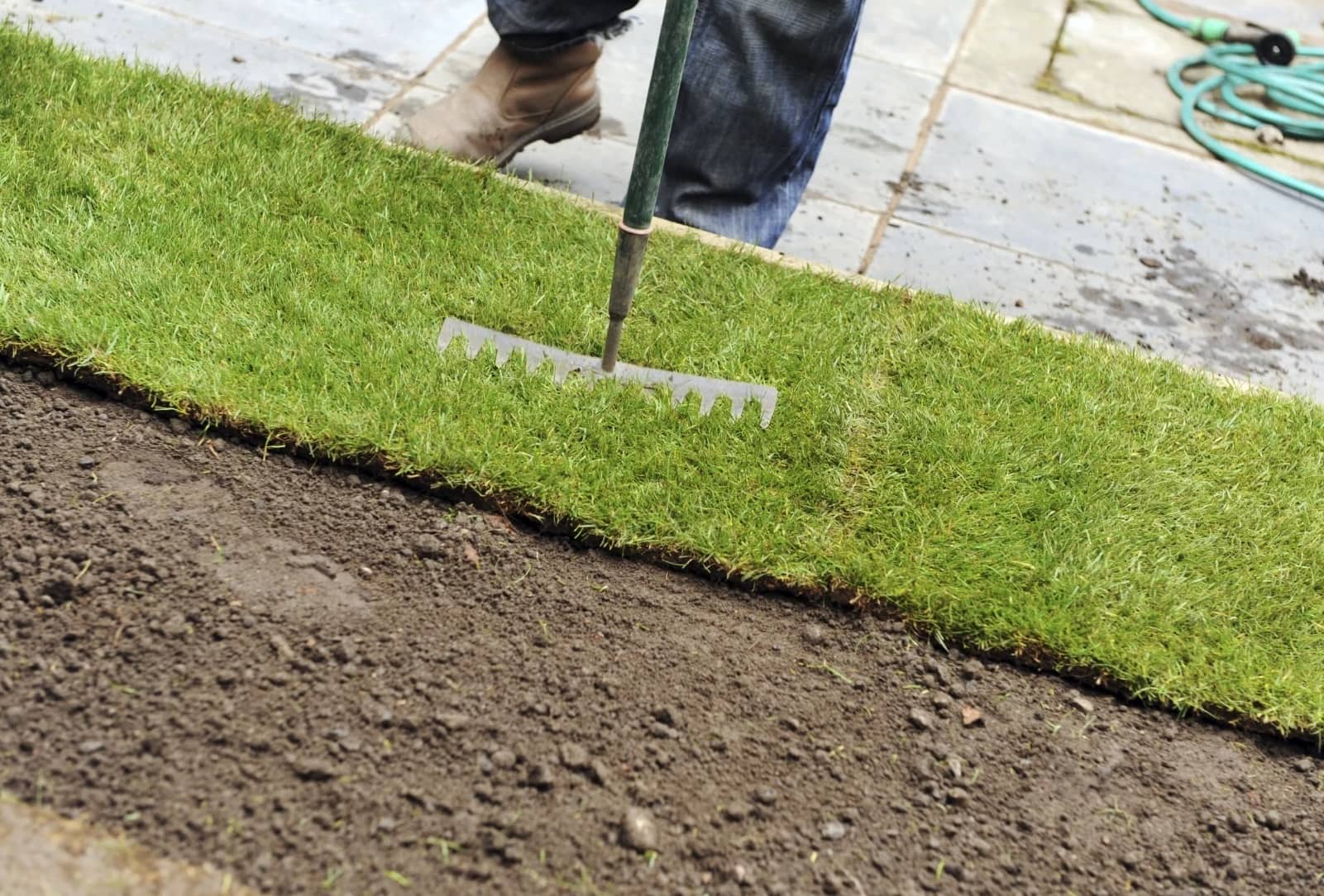
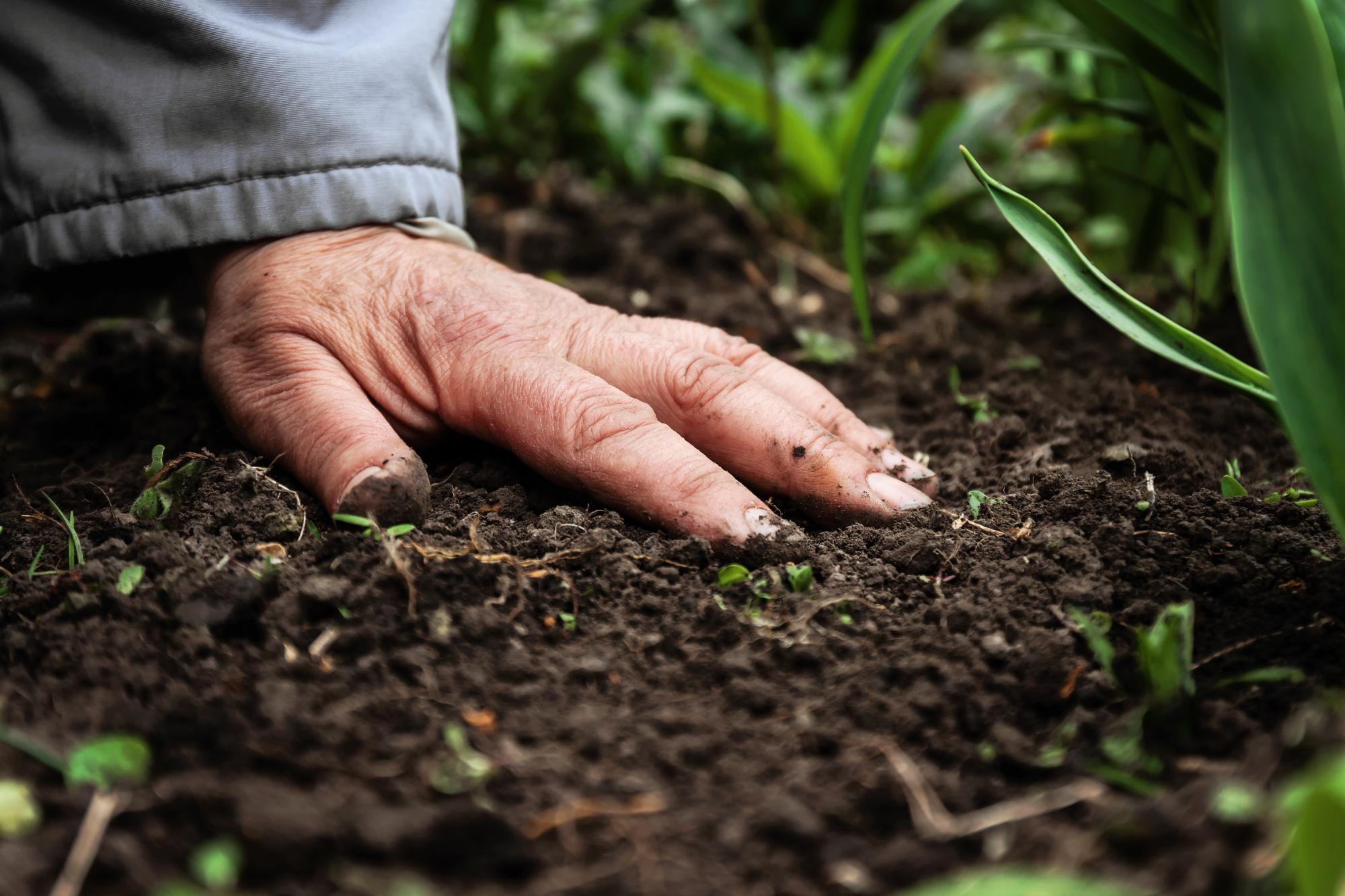
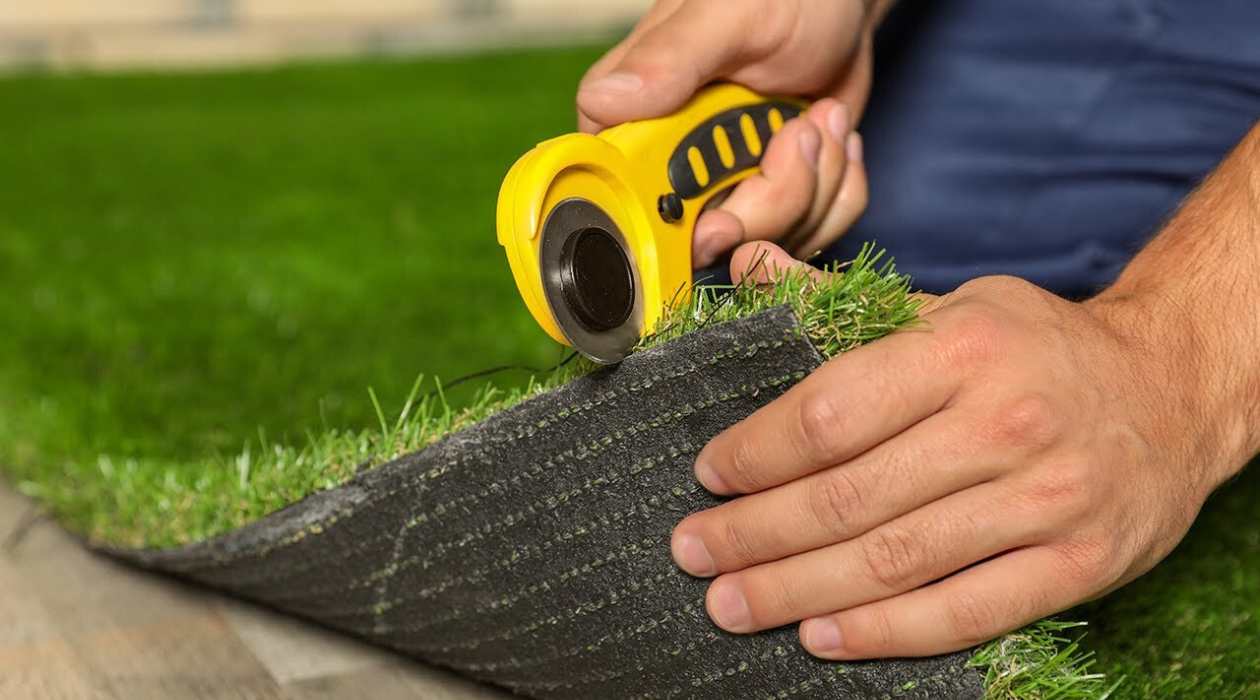
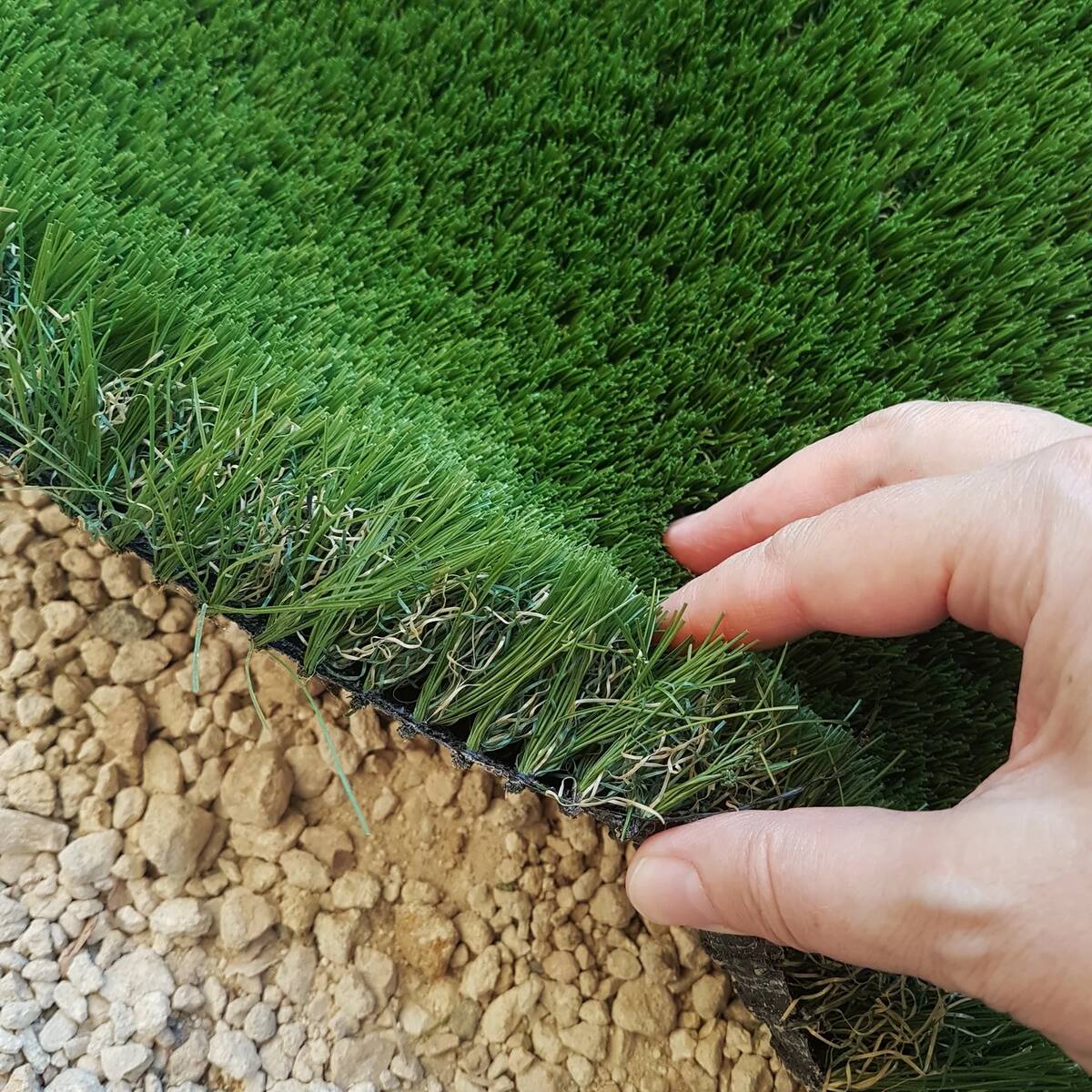
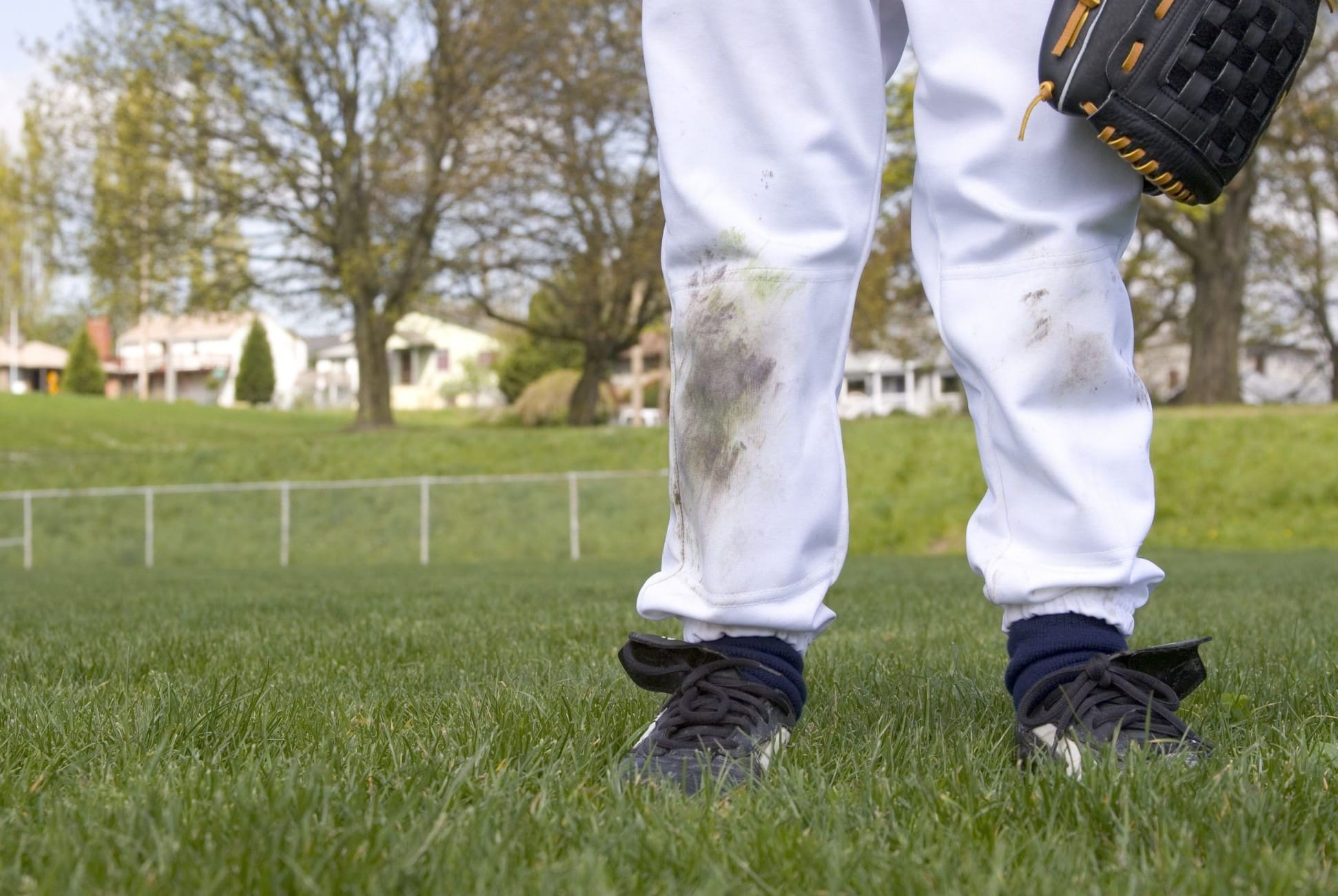
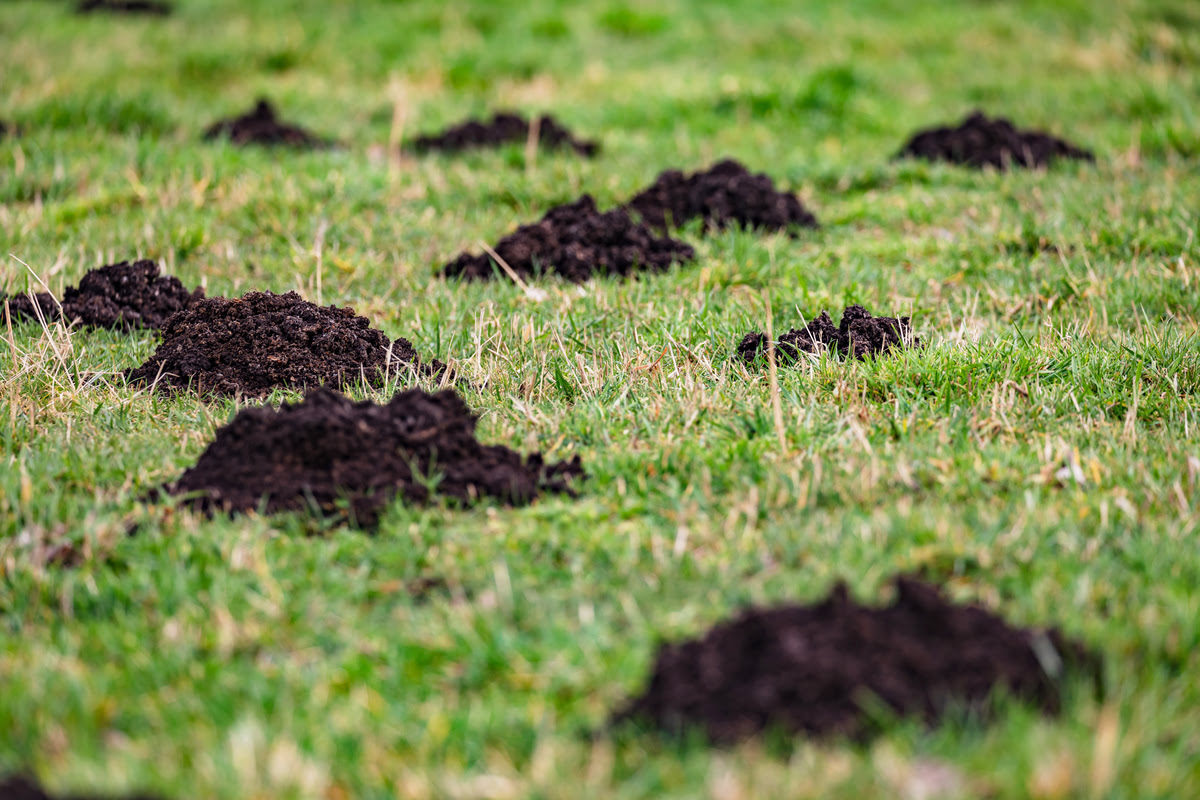
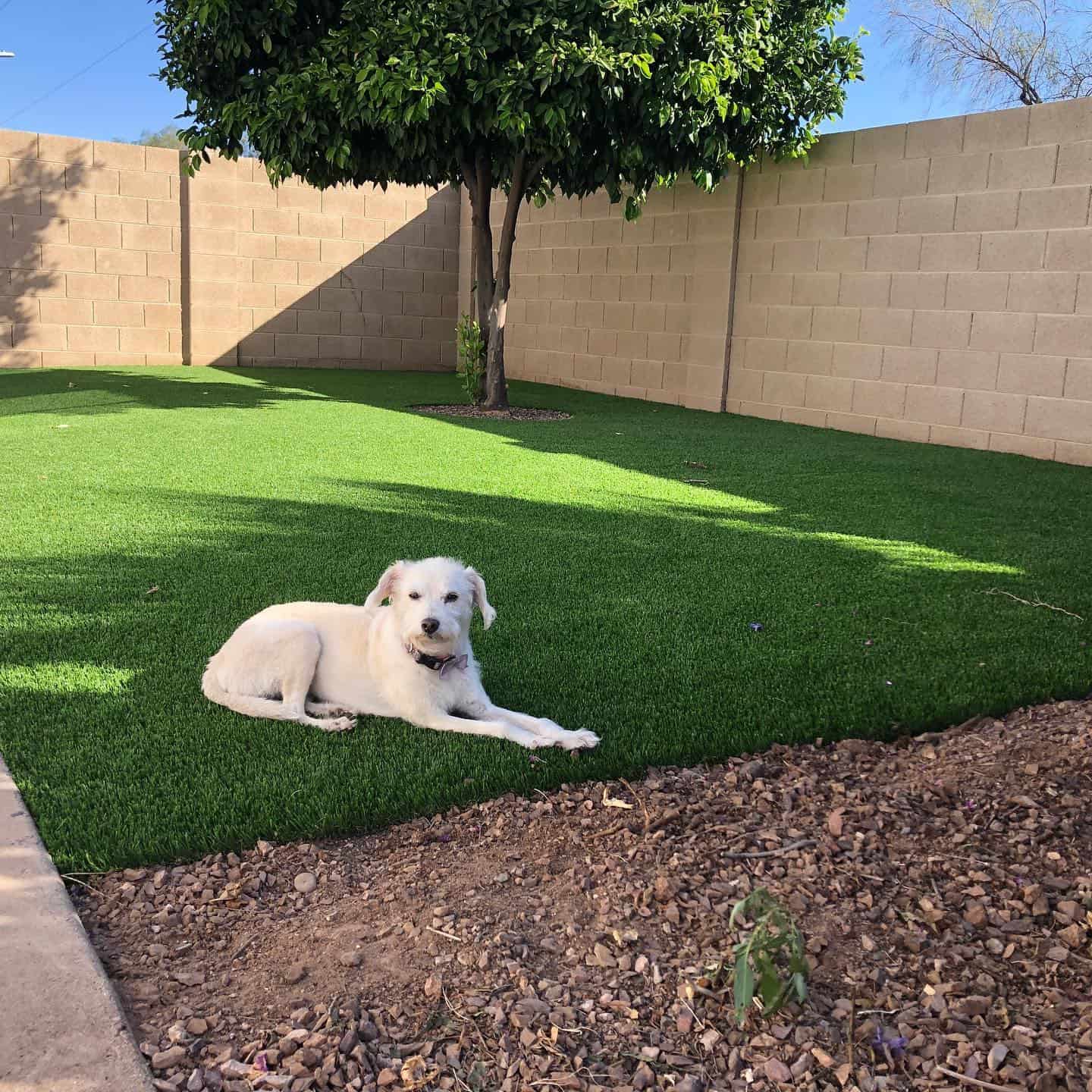
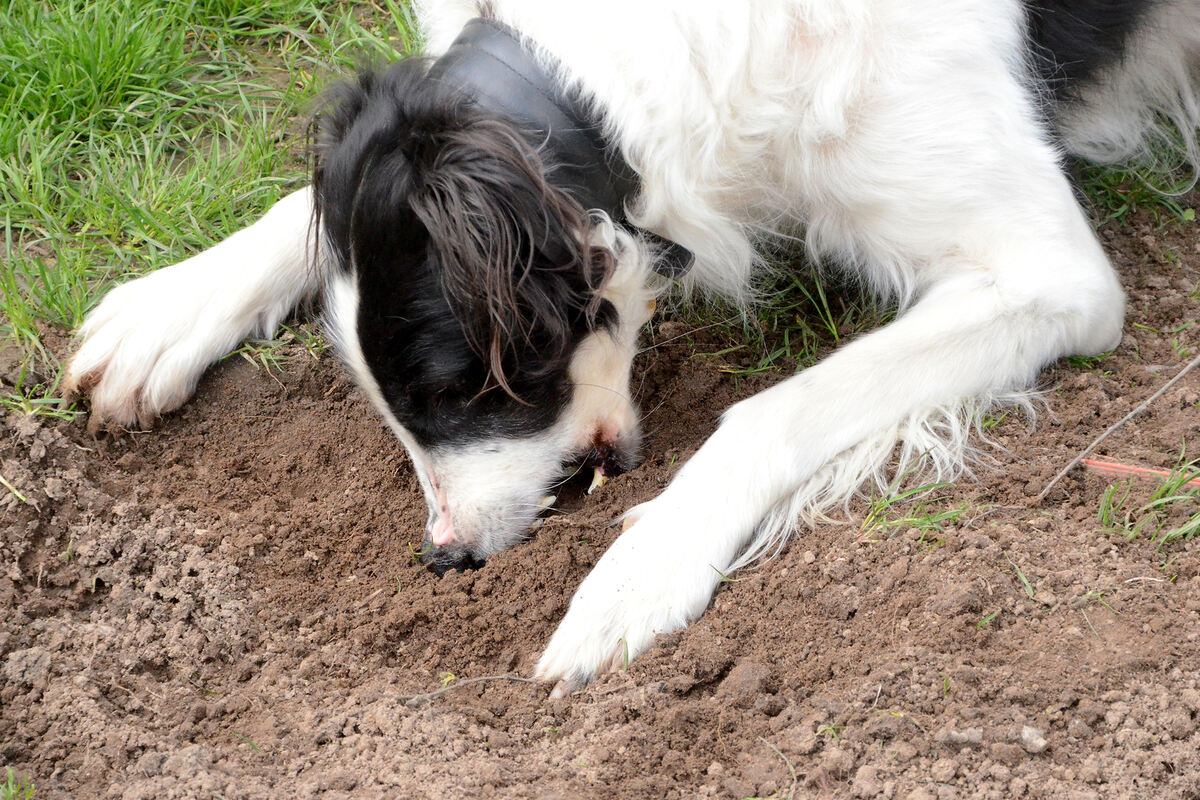


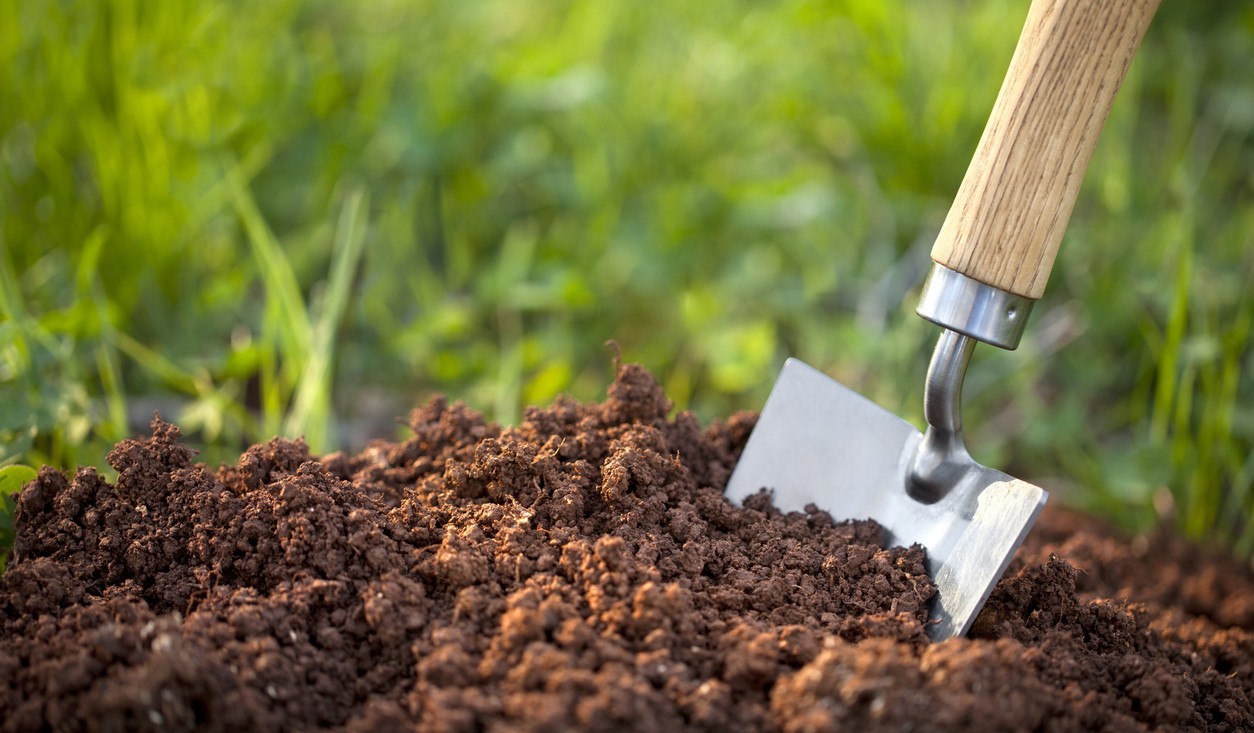


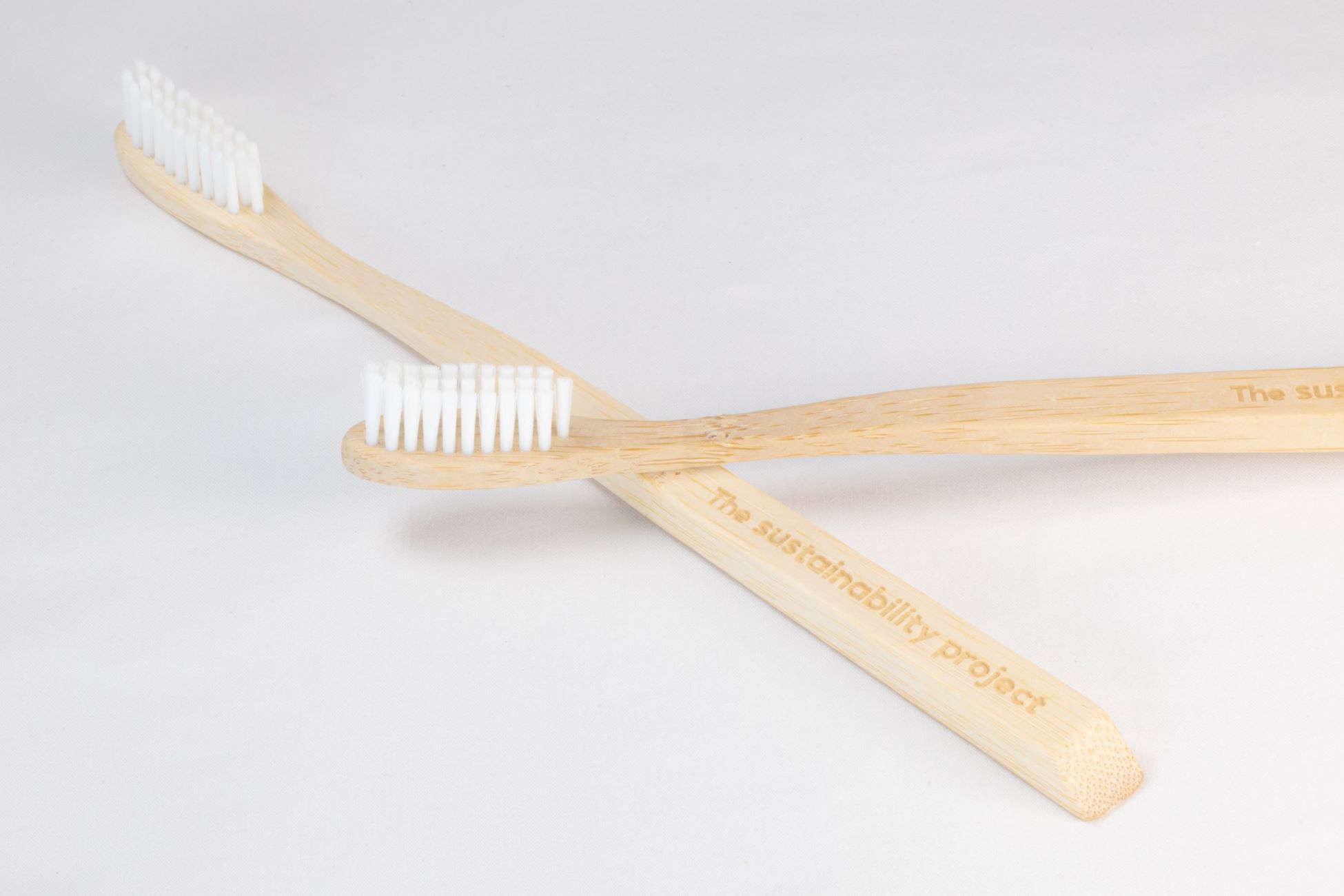

0 thoughts on “How To Soften Dirt For Grass”